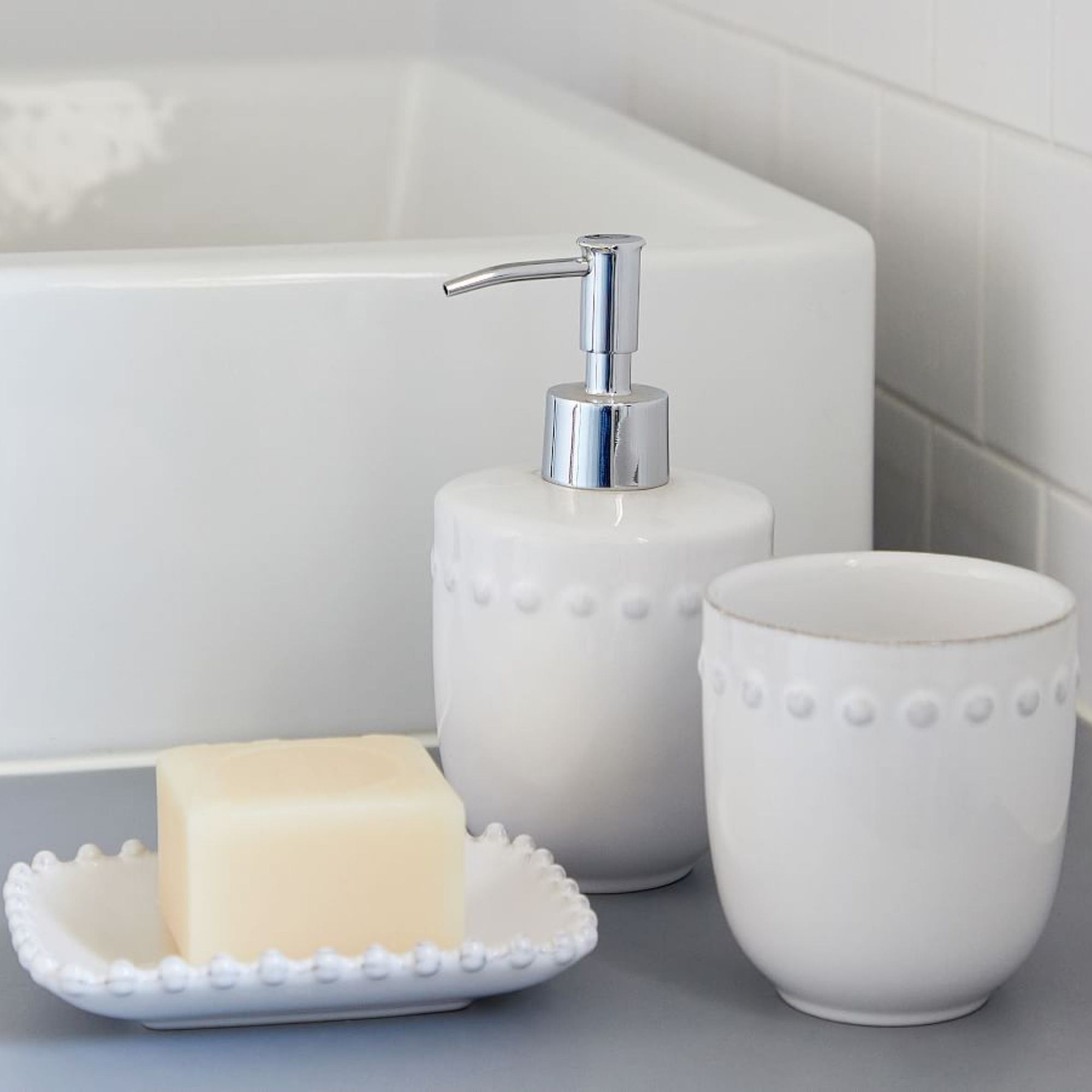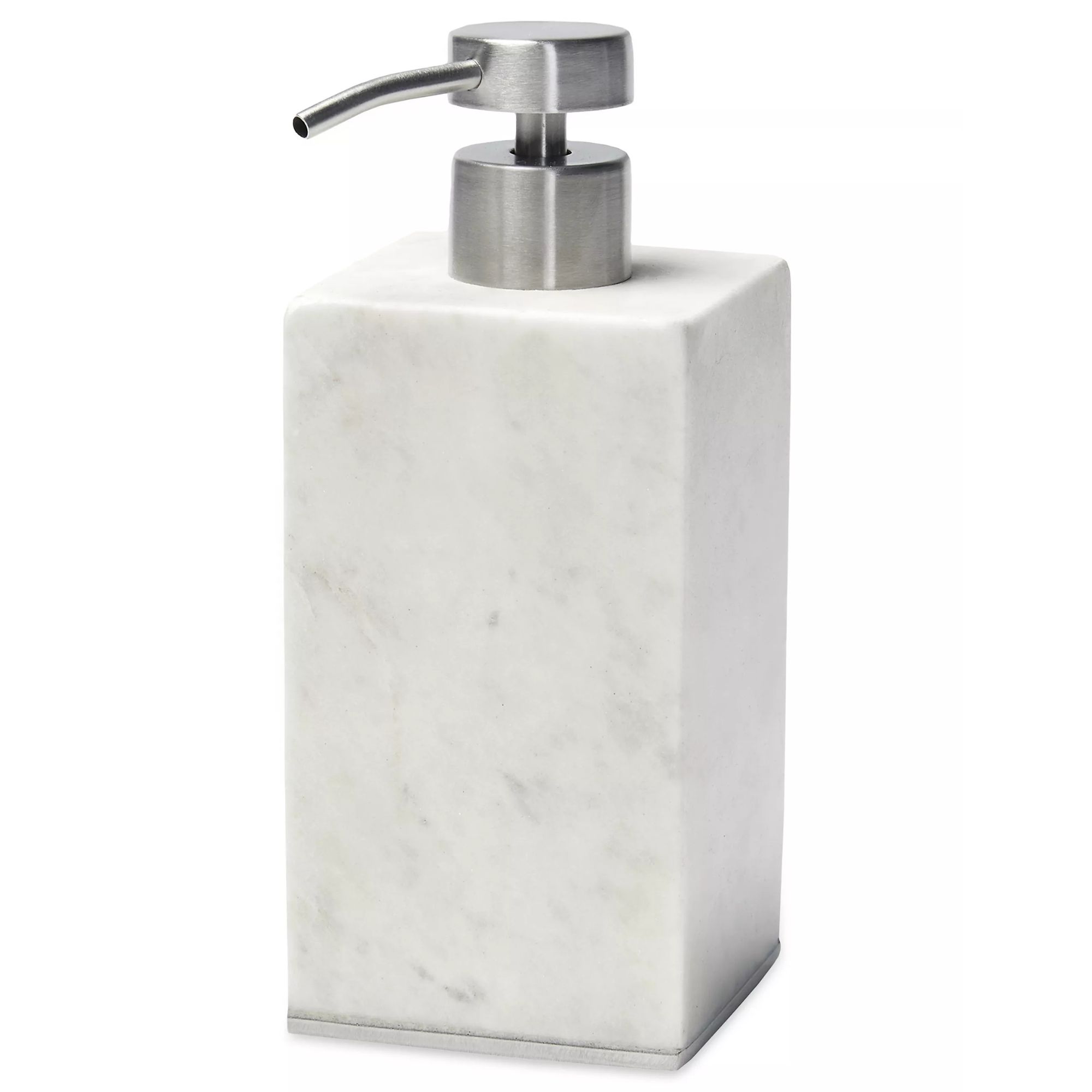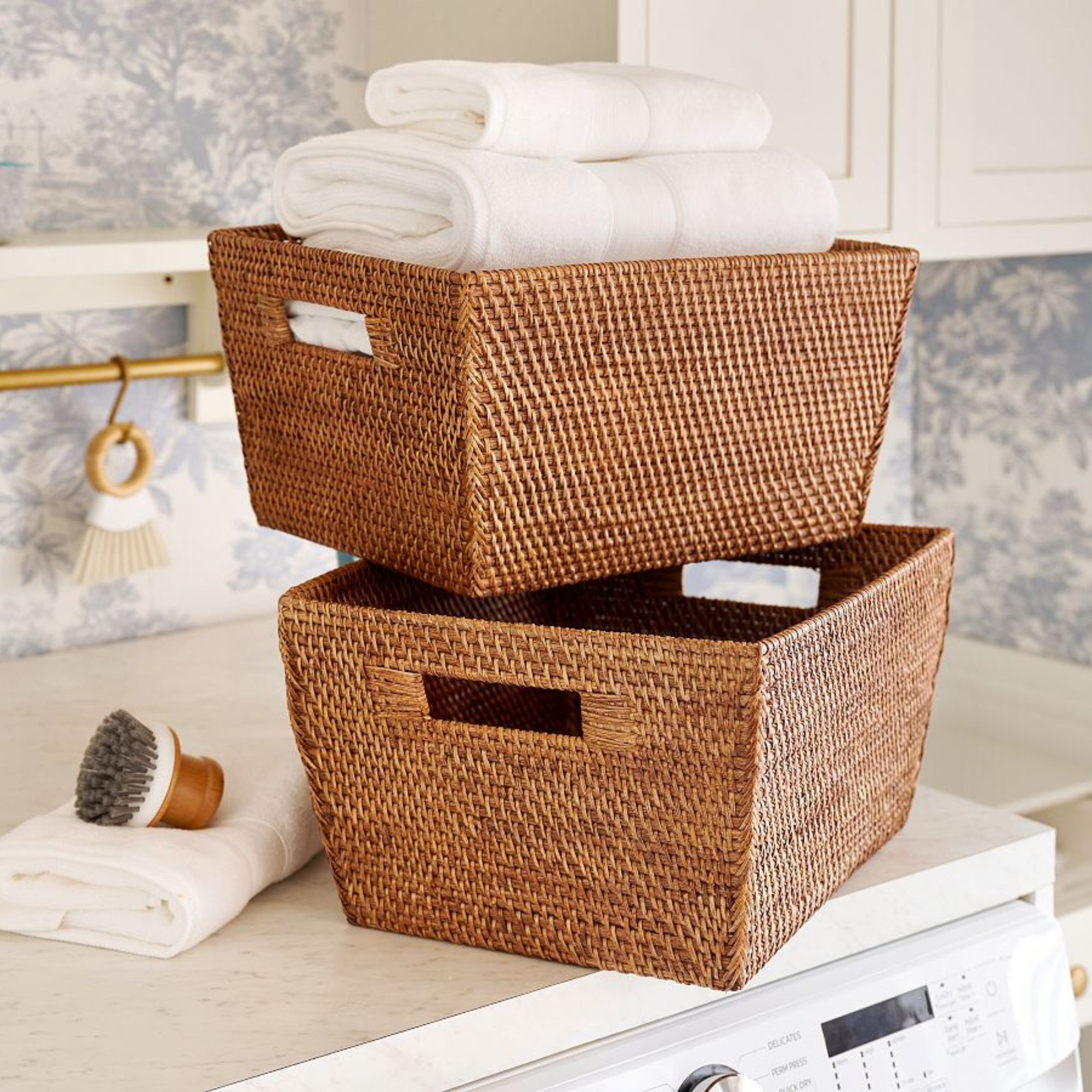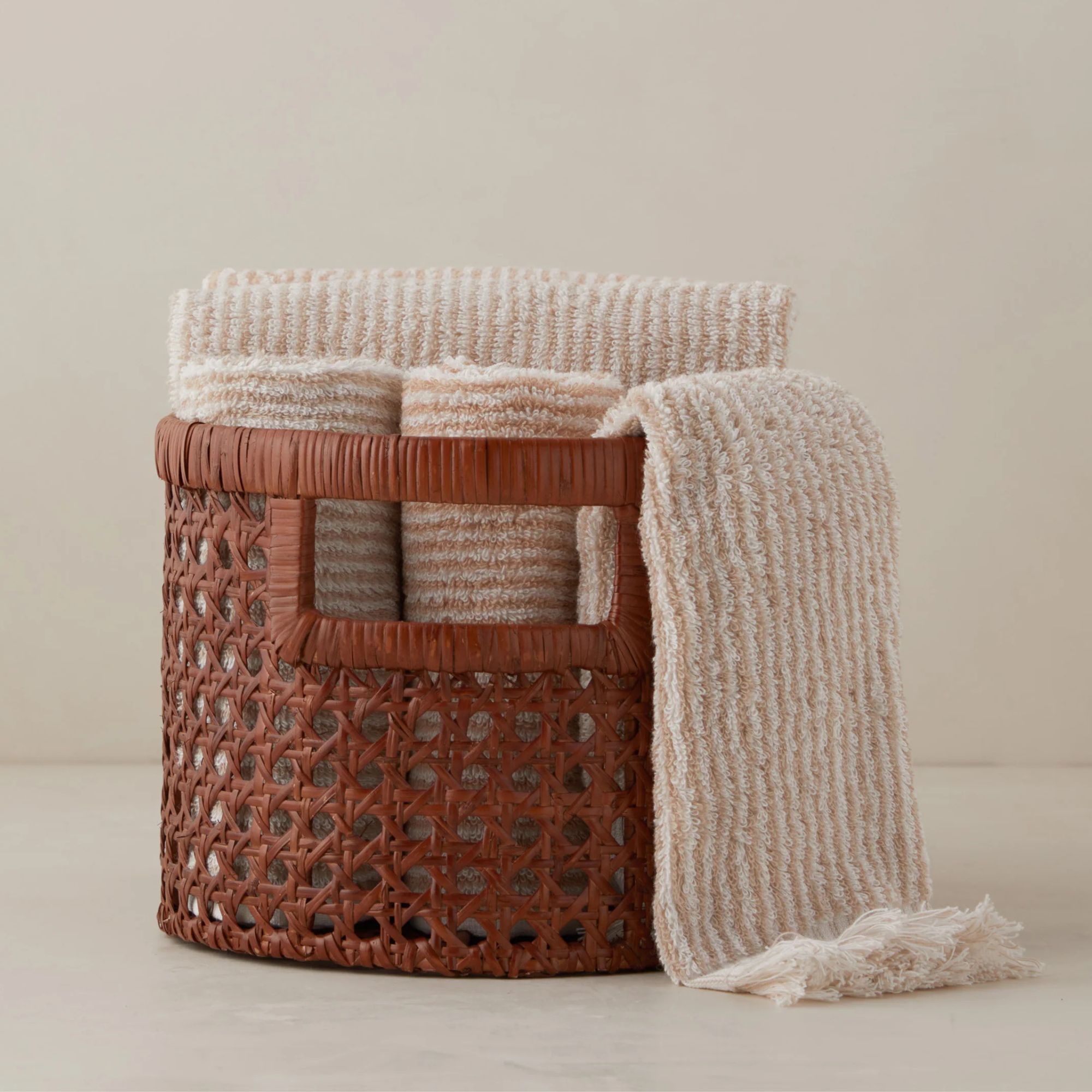5 things not to put on your bathroom countertops, according to interior designers
Keep your bathroom vanity stylish and clutter-free with this expert advice

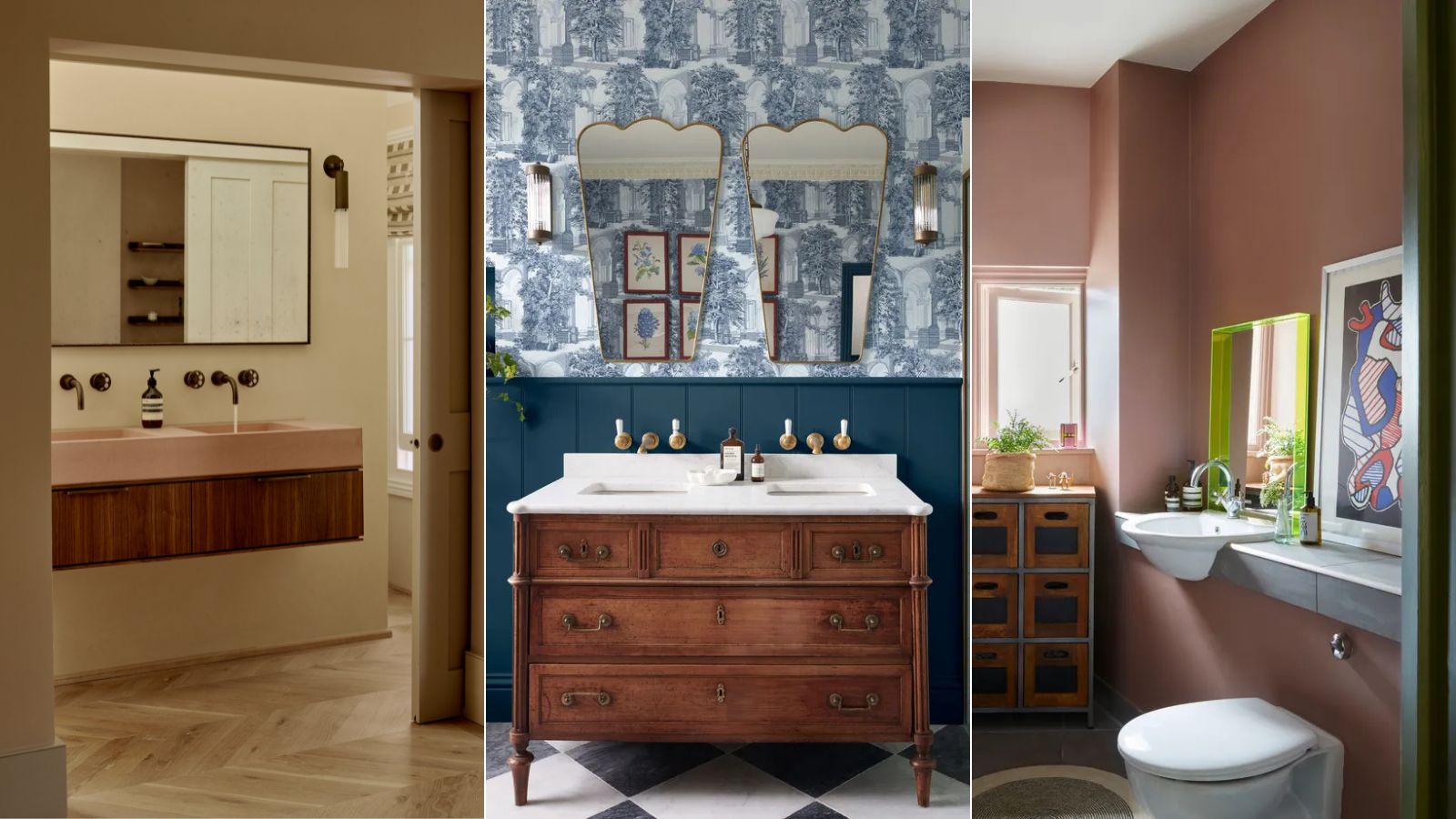
Often the smallest room in the home, there are a few things not to put on your bathroom countertops if you want your space to remain functional and beautifully styled. And they apply whether you have a small vanity or a wall filled with counter space.
Often the focal point of your design, bathroom vanity ideas and how you style them are so important to the overall look and feel of the space. And while a few decorative and functional pieces might be essential, there are plenty of things that simply don't belong around your sink.
To find out exactly what you should be avoiding (and perhaps moving ASAP), we've asked interior designers for the common items they see on bathroom countertops that should be given a new home.
5 things to avoid putting on your bathroom countertops
Aesthetics and organization combine when it comes to bathroom countertops. Follow designers' advice to ensure your vanity remains visually appealing and uncluttered for a functional space.
1. Pieces that are purely decorative

In most cases, bathroom vanity countertops are on the small side. And with less space, you need to be more considerate about what you are displaying on them, especially as it's such a visual area of the room. To keep things looking organized and aesthetic, try to avoid adding decor with no function.
'In general, I like to avoid my bathroom countertops getting too cluttered – I'd advise not putting anything there that doesn't serve a function,' says Kathy Kuo, interior designer and CEO of Kathy Kuo Home.
'That doesn't mean that your bathroom counter needs to be 100 percent utilitarian; try to find really beautiful and intentionally designed items that serve you in your day-to-day life. There are so many lovely soap dishes and pumps, toothbrush holders, and catch-alls and small decorative trays for things like jewelry and cosmetics.'
Design expertise in your inbox – from inspiring decorating ideas and beautiful celebrity homes to practical gardening advice and shopping round-ups.
2. Skincare and beauty products
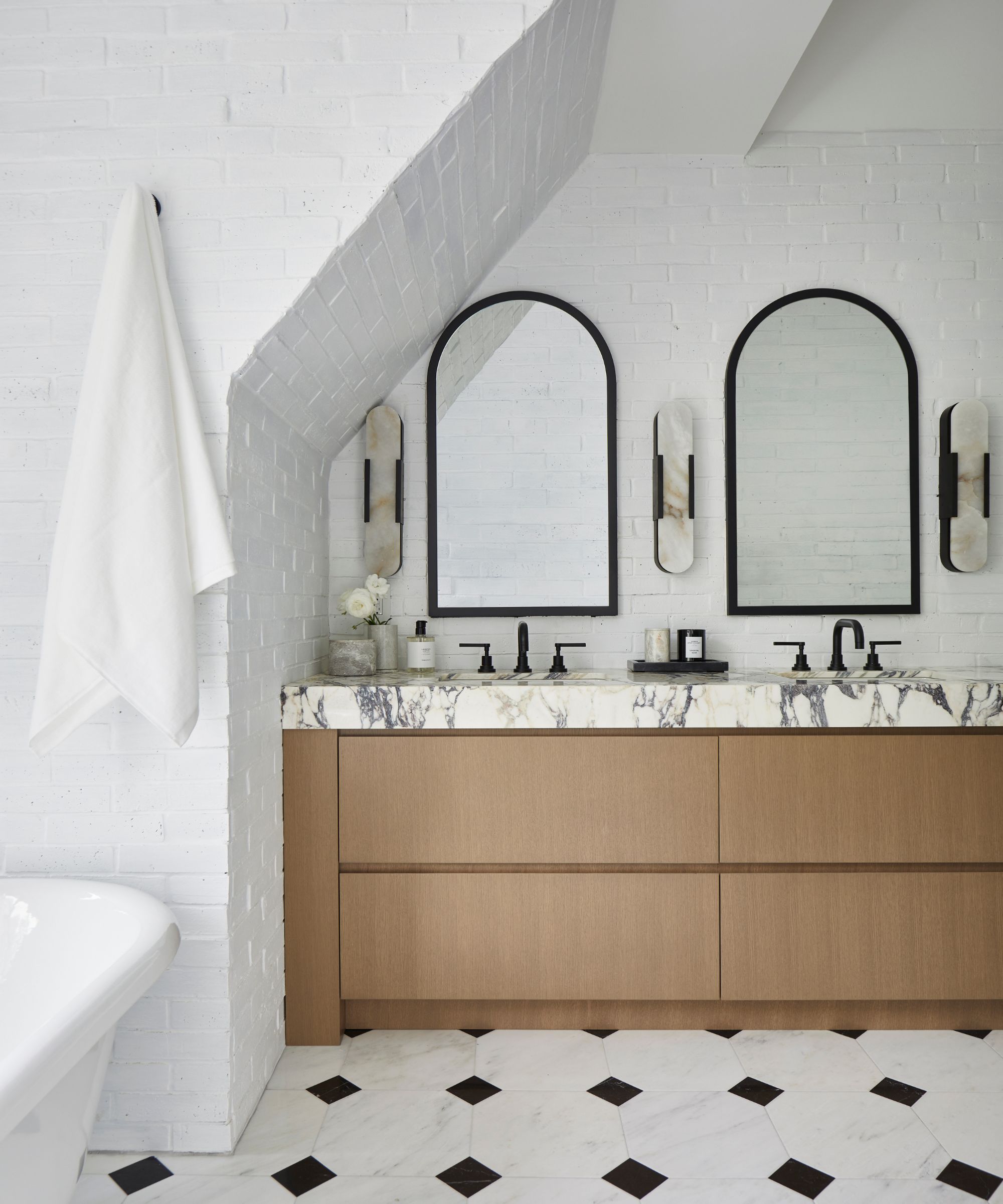
It can be tempting to leave your skincare and beauty products on your bathroom countertops – after all, keeping them in easy reach and ready to go makes getting ready seem easier.
However, they quickly cover every inch of countertop space, and more often than not, things start getting knocked over, lost, or broken in the mess. Plus, it looks as messy as it sounds.
This is where a medicine cabinet or under-sink storage comes in handy. Keep your shelves organized so you can easily find and take the products you need. One shelf dedicated to skincare and another to makeup or beauty tools is always a great place to start.
3. Electric toothbrushes
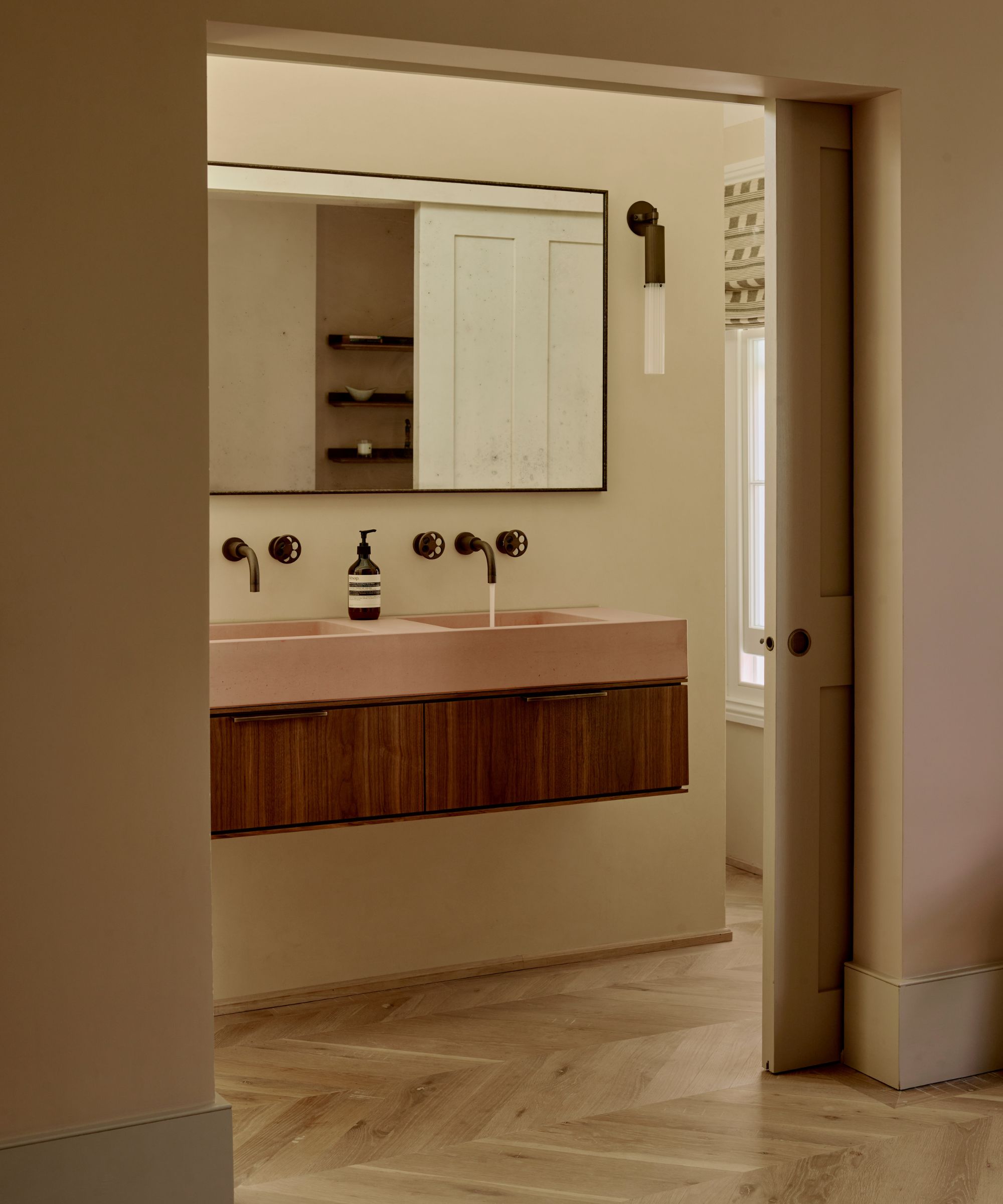
There are some absolute must-haves that need to live in your bathroom within easy reach of your sink and countertops. However, this doesn't mean they need to live on your countertops in plain sight.
'I would never leave an electric toothbrush on the bathroom countertop. For me, keeping the space clutter-free is essential, and practical items like toothbrushes are best stored out of sight in a cupboard,' says interior designer Lauren Gilberthorpe.
Instead, allocate a space in your medicine cabinet or in your vanity storage for your toothbrush (and charger) to live, so it's still easily accessible when you need to use it, but won't be cluttering your countertops.
4. Towels and linens
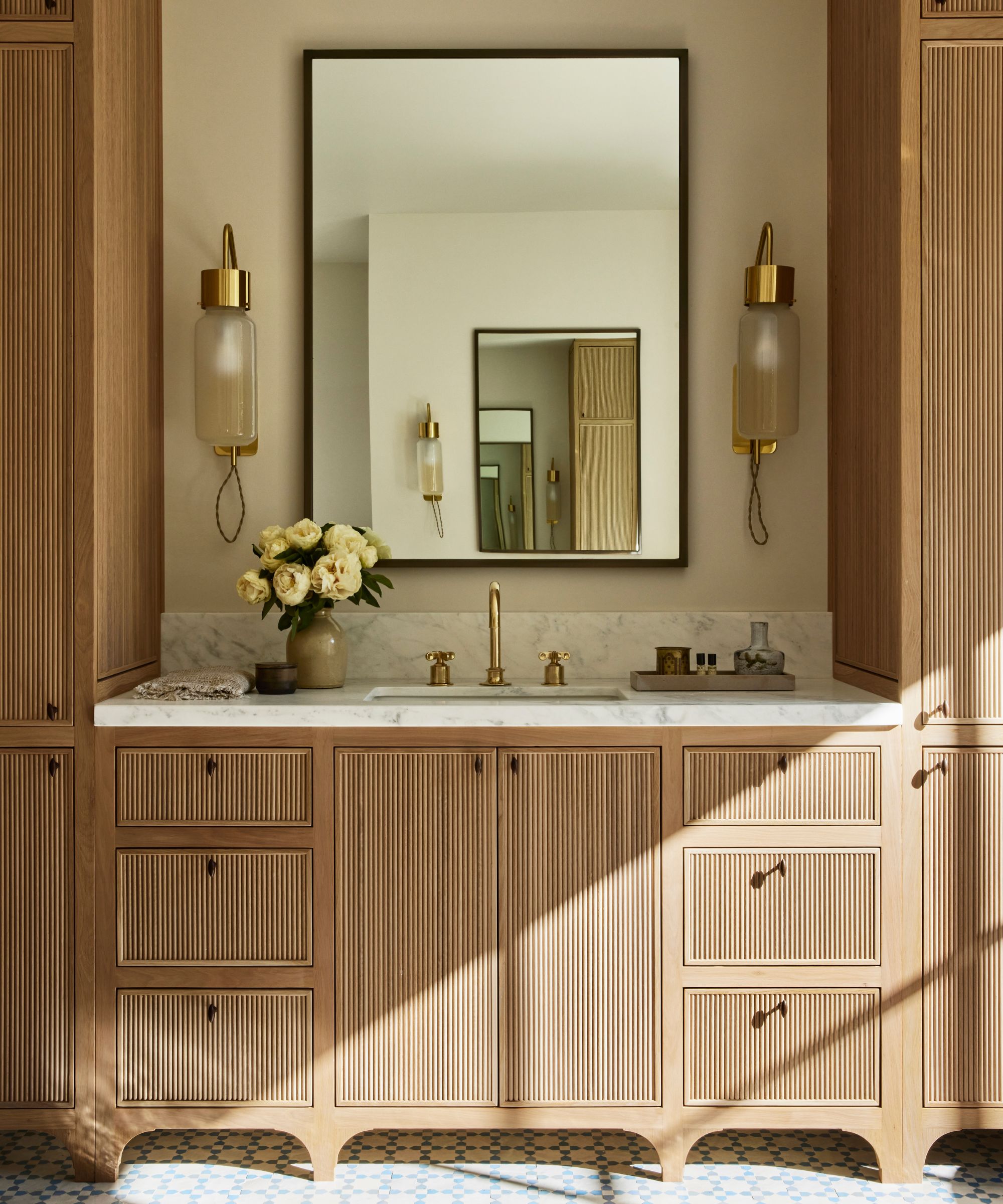
It makes sense to keep the items you use daily in your bathroom – especially things like towels, whether spare hand towels or face towels – but leaving them out in the open is never a good idea.
They are more likely to get damp when stored on countertops, and you risk getting them dirty if you spill any products.
Instead, use towel storage like baskets to keep them tidy and organized, and allocate space on a shelf out of the way, in your vanity (better yet, a vanity drawer), or in a hallway cupboard if you don't have adequate space in your bathroom.
5. A countertop sink
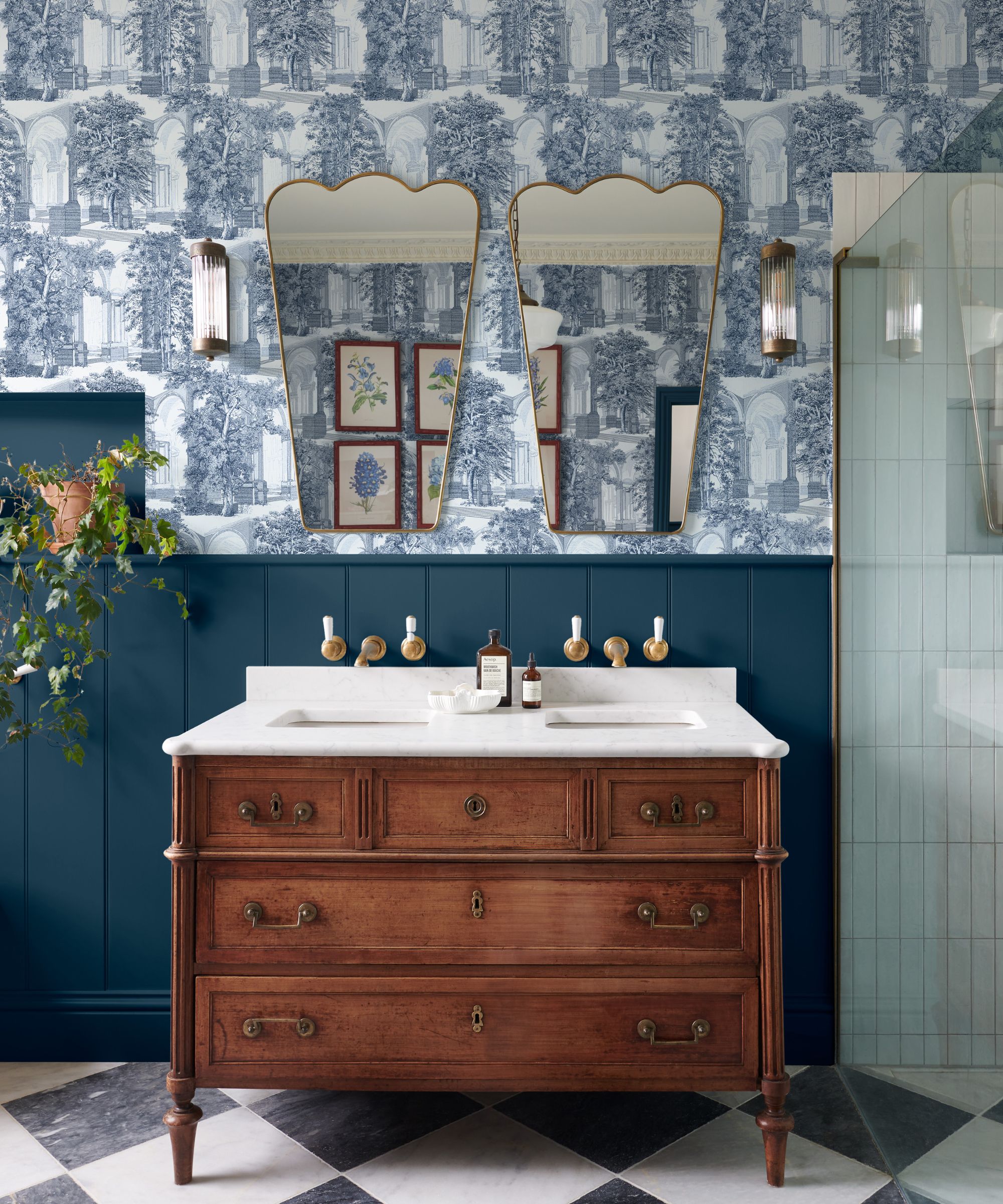
Of course, no bathroom is functional without a sink. However, the sink design you choose can have a huge impact on the space, functionality, and ease of cleaning. In small bathrooms in particular where countertop space is at a premium, a countertop sink isn't preferable.
'I always prefer an undermount sink over a countertop sink. An undermount sink creates a much more seamless, elegant look, and it’s also far easier to clean. Countertop sinks can interrupt the visual flow of the vanity, and water tends to collect around the base, which can be tricky to clean properly,' says Lauren.
That's not to say you should never opt for a countertop sink, though. 'There are instances where a countertop sink can work beautifully – if it's intended as a statement piece, like the London Basin sink we used in our pool house project,' she adds.
Removing these items from your countertops doesn't mean no longer having them, it's simply a case of finding a better place to store them. And while your bathroom countertops aren't the place for everyday essentials to live, there are plenty of alternative areas of the bathroom to keep them instead.

I’ve worked in the interiors magazine industry for the past five years and joined Homes & Gardens at the beginning of 2024 as the Kitchens & Bathrooms editor. While I love every part of interior design, kitchens and bathrooms are some of the most exciting to design, conceptualize, and write about. There are so many trends, materials, colors, and playful decor elements to explore and experiment with.
